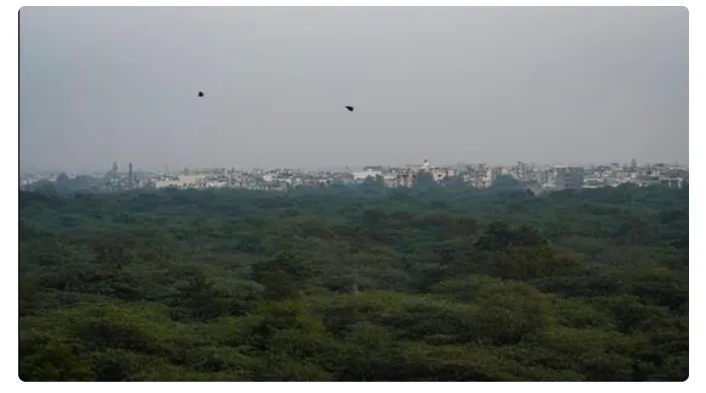NEW DELHI: In a significant environmental initiative, the Delhi government has embarked on the digital demarcation of over 2,000 hectares of land, along with more than 450km of roads and drains, identifying them as deemed forests. This move comes as part of a broader effort to better manage and protect areas that qualify as deemed forests.
A deemed forest, while not classified as a notified or reserve forest, holds significance as it is considered a forest area. This classification was established following a Supreme Court judgment in 1996 (TN Godavarman vs Union of India). Each state defines deemed forests differently, with Delhi categorizing any area over 2.5 acres with over 100 trees per acre as a deemed forest. Similarly, 1km stretches of roads and drains with the same tree density are also considered as such.
The Delhi Forest Department, in an affidavit submitted to the Delhi High Court on December 19, revealed that they are utilizing Geographic Information Systems (GIS) to digitally delineate the boundaries of deemed forests. This process involves incorporating data from 1997 when such forests were initially identified, along with the latest India State of Forest Report (ISFR) from 2021.
Officials disclosed that over 1,000 hectares of deemed forest land has already been identified and digitally demarcated using satellite imagery and GIS data. An additional 1,000 hectares are currently undergoing the demarcation process.
Each of Delhi’s four Deputy Conservators of Forests (DCFs) has been tasked with physically identifying deemed forests in their respective jurisdictions. The department aims to finalize the demarcation by using satellite-based identification along with on-ground verification, ensuring the accuracy of the classified areas.
Once the demarcation process concludes, the boundaries of these deemed forests will be considered sacrosanct, enabling the forest department to take necessary actions for their protection. Additionally, having precise boundaries will assist in determining permissions for construction or commercial activities within these areas.
While environmental activists welcomed the move, they emphasized the importance of conducting such exercises regularly. Bhavreen Kandhari, an environmental activist, noted that although the move is commendable, it should have been an ongoing practice over the past two decades.
This development aligns with the ongoing efforts to strike a balance between development and environmental conservation, prompting discussions on the use of identified deemed forests for various developmental activities.







